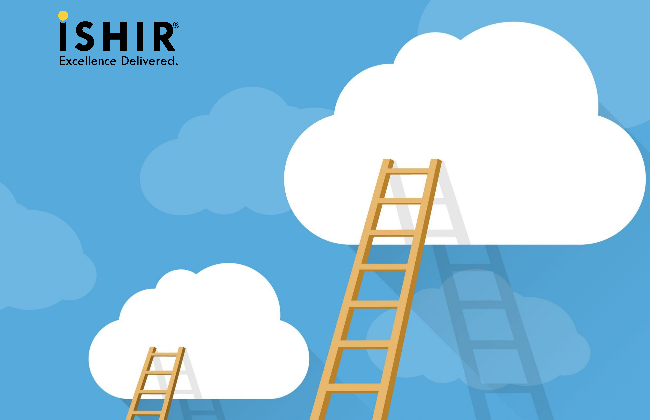Many businesses these days are rapidly adopting Cloud Migration Services to achieve broader scalability and enhanced performance. Since this process is complex, it would be best if you used the right strategies. Often different problems arise when a company migrates without a well-crafted plan in place. Such include interoperability, unplanned costs, security gaps, and rework, among several others.
It would be best, therefore, if you considered a few factors before moving applications to the cloud. Here are some of these factors:
1. Data management
Data is vital, and you need to plan well for its backup. The basic rule of thumb is to keep the static data close to the user, as you keep the dynamic data close to compute. You can achieve this through CDN techniques and caching, respectively. Data management ensures business continuity and recovery in case of any problem during the migration process.
2. Security
Security is a paramount factor when considering Cloud Services for your company. You must check the security implementation in the application. In this case, all data is stored in the cloud, and anything can happen if it is not adequately secured. When the wrong people access it, it would be great if they cannot read the data.
In essence, security concerns top the list of public cloud challenges. Here is a brief graph to expound on problems associated with the cloud:

Source: Forbes
3. Share a precise cloud governance model
Identify your team’s roles and separation of duties. This helps the company achieve its business objectives efficiently. It can also help you bolster your security protocol.
4. Train staff appropriately
This is an integral strategy when migrating to the cloud. The lack of staffer knowledge in cloud services can derail the entire process. The more knowledgeable they are in terms of cloud services, the easier and smoother it is to make the transition. Activating and managing the services will require foot soldiers, which are your staffers. You need to do this early enough before you begin the process of implementing cloud services.
5. Automation
The agility of the cloud is witnessed through the automation process. Of course, not all operations can be automated. Therefore, you can automate the ones you can, as you ensure you empower your team to handle the transition. Cloud automation helps to improve productivity while equally reducing human errors.

6. Vendor lock-in
This is another crucial aspect to watch out for. It would be best if you weighed in on the pros and cons of the services you want to use, and how much you want to utilize these services.
7. Integration
The integration of performance aspects is essential for those looking to retain some in-house applications. For instance, if you want to retain your local data center, then it would be wise to use integration. After the migration process, the cloud-moved applications will have to communicate with those found in-house. This can easily lead to bandwidth related concerns and performance glitches. Therefore, understanding the dependencies of applications is paramount to successful cloud migration. As a company, it would be best to tackle these dependencies then, so that you can evade limits in system functionality and unplanned outages.
Once the migration process is complete, it would be imperative to test the applications deployed in the cloud.
8. Access mechanisms
Cloud migration can affect how users access applications. As a result, it would be imperative to consider the impact on the user during the planning stage. This can help you gather the right tactics to ensure a continuous flow and smooth transition. There are different application migration approaches you can use to minimize this problem. For instance, through virtualization, you can have a quick and smooth migration process, and no changes will be needed for the application.
9. The architecture of the application
Companies and businesses need to ascertain the compatibility of individual applications and the cloud service before migration. Understanding the architecture of the app can also help in the cloud optimization process in the future. Based on the strategy you choose as a company, you can get different migration patterns. When deciding the migration strategy, have a broad scope of analysis from the costs to the business objectives and company roadmap. This will help you decide whether to migrate the application as it is or change a few aspects/features. Always try to incorporate the appropriate strategies for cost savings and resiliency.
10. Start small and simple
Don’t be too quick when adopting cloud migration services. There is no hurry. Take your time and make sure that everything goes consistently and seamlessly.

Source: Forbes
Wrapping up, you have seen what strategies you can use to ensure that your migration is successful and smooth. Therefore, as you plan to migrate to the cloud, remember also to choose the right Cloud Service provider.
ISHIR is a cloud consulting provider to many and helps them with managed and unmanaged cloud services. Reach out to our Cloud experts if you are planning to migrate to cloud.





Wonderful information. Liked the way you simply mentioned the migration process